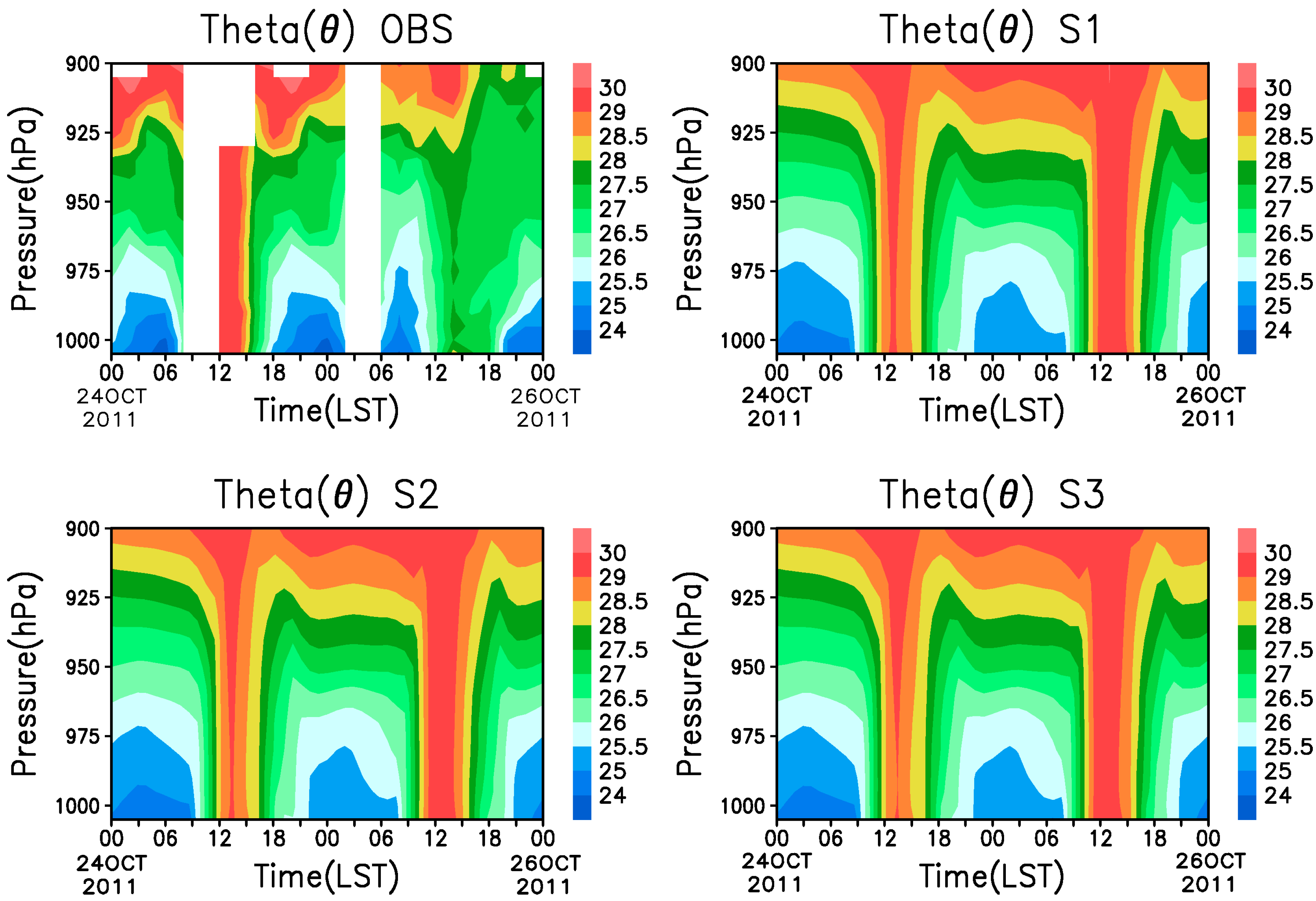

According to a study from the Harvard T.H. They can alter the chemistry of the atmosphere, trigger lightning, and penetrate commercial airplanes. Who cares? Cosmic rays are a surprisingly "down to Earth" form of space weather. In addition, solar coronal mass ejections (CMEs) sweep aside cosmic rays, causing sharp reductions called " Forbush Decreases." The two effects blend together to bring daily radiation levels down. The sun's strengthening and increasingly tangled magnetic field repels cosmic rays from deep space. Solar Cycle 25 has roared to life faster than forecasters expected. What's going on? Ironically, the radiation drop is caused by increasing solar activity. Our latest measurements in July 2022 registered a 6-year low: Latest results (July 2022): Atmospheric radiation is decreasing in 2022. Our monitoring program has been underway without interruption for 7 years, resulting in a unique dataset of in situ atmospheric measurements.


These balloons are equipped with sensors that detect secondary cosmic rays, a form of radiation from space that can penetrate all the way down to Earth's surface. SPACE WEATHER BALLOON DATA: Almost once a week, and the students of Earth to Sky Calculus fly space weather balloons to the stratosphere over California. "Lunar Distance." 1 LD = 384,401 km, the distanceīetween Earth and the Moon. An overview from the stratosphere could provide a unique picture.Īll sales support hands-on STEM education It should be fuzzier around the edges, and not nearly as dark in the middle. What does the shadow of an *annular* eclipse look like? We hope to find out. Total eclipses make deep black shadows, in this case blacking out more than 70 miles of terrain. 21, 2017, looked like from the stratosphere over the Nebraska-Wyoming border: Note: We have photographed the shadow of an eclipse before. Just make a note in the COMMENTS BOX of your shopping cart: "Fly my pendant again!" Floating at an altitude 105,000 feet above Earth’s surface, it made contact with space, experiencing temperatures as low as -63 C.īuy the pendent now and for no additional charge we will fly it back to the stratosphere during the annular eclipse. The students launched this pendant on July 17th. You can support the flight by buying a Solar Eclipse Pendant: 14th, they'll launch a cosmic ray research balloon equipped with cameras to photograph the shadow zone of an eclipse over Nevada. SOLAR ECLIPSE PENDANT: The students of Earth to Sky Calculus are about to try something never done before-to photograph the shadow of an annular solar eclipse from the stratosphere. 12th, auroras were photographed in multiple US states as far south as Colorado and Missouri. Sky watchers should remain alert for more auroras in the hours ahead. "This is just a quick shot now," says photographer David Glaser of Castle Danger, MN. Indeed, here is the current view from Minnesota: During G2 storms, auroras are frequently seen in northern tier US states. The fast moving storm cloud triggered a G2-class geomagnetic storm, in progress now. GEOMAGNETIC STORM IN PROGRESS: Arriving a day earlier than expected, a CME hit Earth's magnetic field on Sept.
28, 2023, as a show of thanks for years of service and hope for future daisies: Until then, we will maintain AIM's iconic "daily daisy," frozen at Feb.
#THERMOSPHERE METEOROLOGICAL PHENOMENA FULL#
There may be some hope of a recovery as AIM's orbit precesses into full sunlight in 2024. As a result AIM is offline, perhaps permanently. What happened to NASA's AIM spacecraft, which has been monitoring NLCs since 2007? Earlier this year, the spacecraft's battery failed. As the season progresses, these dots will multiply in number and shift in hue from blue to red as the brightness of the clouds intensifies. For the rest of the season, daily maps from NOAA 21 will be presented here:Įach dot is a detected cloud. An instrument onboard NOAA 21 ( OMPS LP) is able to detect NLCs (also known as "polar mesospheric clouds" or PMCs). The first clouds were detected inside the Arctic Circle by the NOAA 21 satellite. The northern season for NLCs began on May 26th. There are no significant equatorial coronal holes on the Earthside of the sun. Switch to: Europe, USA, New Zealand, Antarctica Neutron counts from the University of Oulu's Sodankyla Geophysical Observatory show that cosmic rays reaching Earth are slowly declining-a result of the yin-yang relationship between the solar cycle and cosmic rays. Credit: SDO/HMIĬosmic Rays Solar Cycle 25 is intensifying, and this is reflected in the number of cosmic rays entering Earth's atmosphere. Large sunspot AR3435 poses a threat for M-class solar flares.


 0 kommentar(er)
0 kommentar(er)
